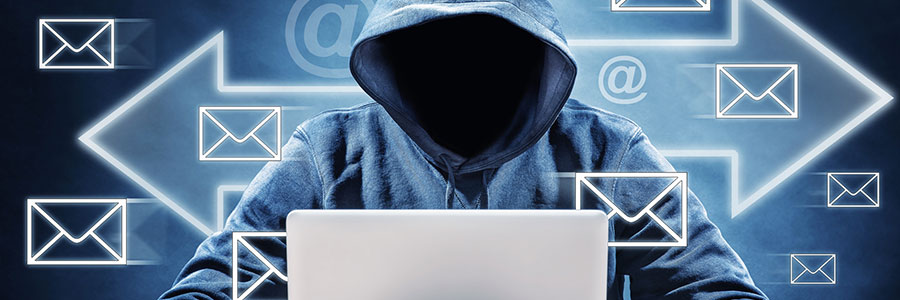Phishing remains one of the most common ways cybercriminals trick people into giving up sensitive information. To make matters worse, these scams have taken on a far more dangerous and convincing form thanks to AI’s ability to write natural, error-free phishing messages that can be customized to specific targets.
How AI is changing the phishing game
AI has made phishing smarter, faster, and more scalable. Instead of manually crafting each email, cybercriminals can use AI-powered tools to generate convincing messages in seconds. These messages can include specific details about your job title, company, interests, or even recent online activity to increase the odds that you’ll click a malicious link or open an infected attachment.
AI can also analyze the tone and phrasing of legitimate corporate emails, allowing attackers to replicate the same writing style. That means a fake invoice, HR memo, or password reset email could look identical to the real thing. AI-generated phishing campaigns even remove the usual signs people once relied on to spot scams, such as poor grammar, strange formatting, or awkward phrasing, making them much more difficult to spot than ever.
What makes this evolution especially concerning is how quickly AI learns. Each phishing campaign helps refine future ones, making every round of attacks more precise and effective.
Why customized phishing works
Customized phishing preys on human instinct. Instead of flooding inboxes with mass emails, attackers target individuals with messages that feel relevant and personal. A message from what appears to be your boss asking for a quick favor or a shipping notice for something you actually ordered can easily bypass your usual skepticism.
This personalized approach works because it’s designed to create urgency and trust — two emotions that often override caution. When an email seems genuine and the stakes feel high, even the most cautious person can be fooled.
How to protect yourself from AI-powered phishing
To recognize AI in the AI era, you need to adopt the following habits and best practices:
1. Pause before you click
Take a moment before acting on any email that asks you to share personal details, transfer money, or log in to an account. A short pause is often enough to recognize when something feels off.
2. Double-check the sender
Hover over the sender’s address to check if the sender is from a known legitimate source and if the email address contains any characters that could be mixed up with another (this is called spoofing). Also, watch out for embedded links and avoid clicking them unless you can do so within a secure sandbox.
3. Avoid emotional triggers
Phishing emails often create panic or excitement. Beware of messages that rush you to act immediately or promise something too good to be true. A good example of this are Nigerian prince scams.
4. Use AI-driven security tools
As attackers use AI to improve their scams, defenders can use it to strengthen their protection. AI-based email security solutions can detect unusual patterns, scan attachments, and flag suspicious content before it reaches your inbox.
5. Stay informed and train regularly
Cybersecurity awareness isn’t just for IT teams. Regular phishing simulations and training exercises on the latest AI threats can help everyone recognize warning signs, even as scams evolve.
Building a safer digital routine
AI is reshaping both productivity and risk. While this technology can make daily life easier, it also gives criminals powerful new tools. The good news is that with awareness, vigilance, and the right cybersecurity measures, your business can stay protected even as threats evolve.
Refresh Technologies helps businesses strengthen defenses against phishing, malware, and other evolving cyber threats. Contact us today to learn how proactive cybersecurity can keep you safe in the age of AI.
